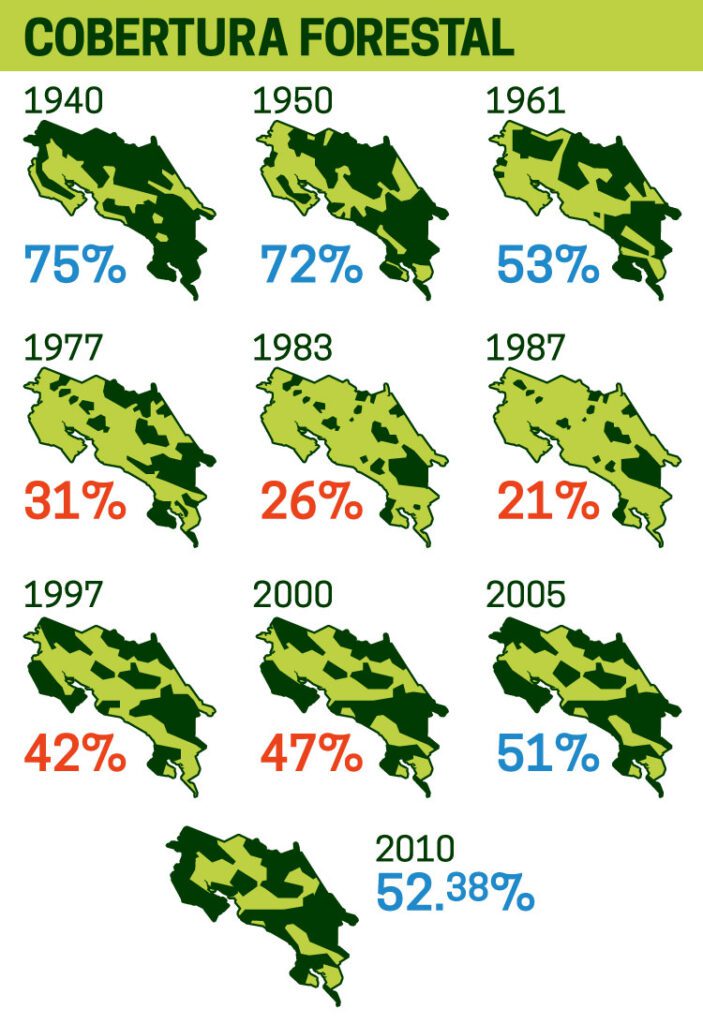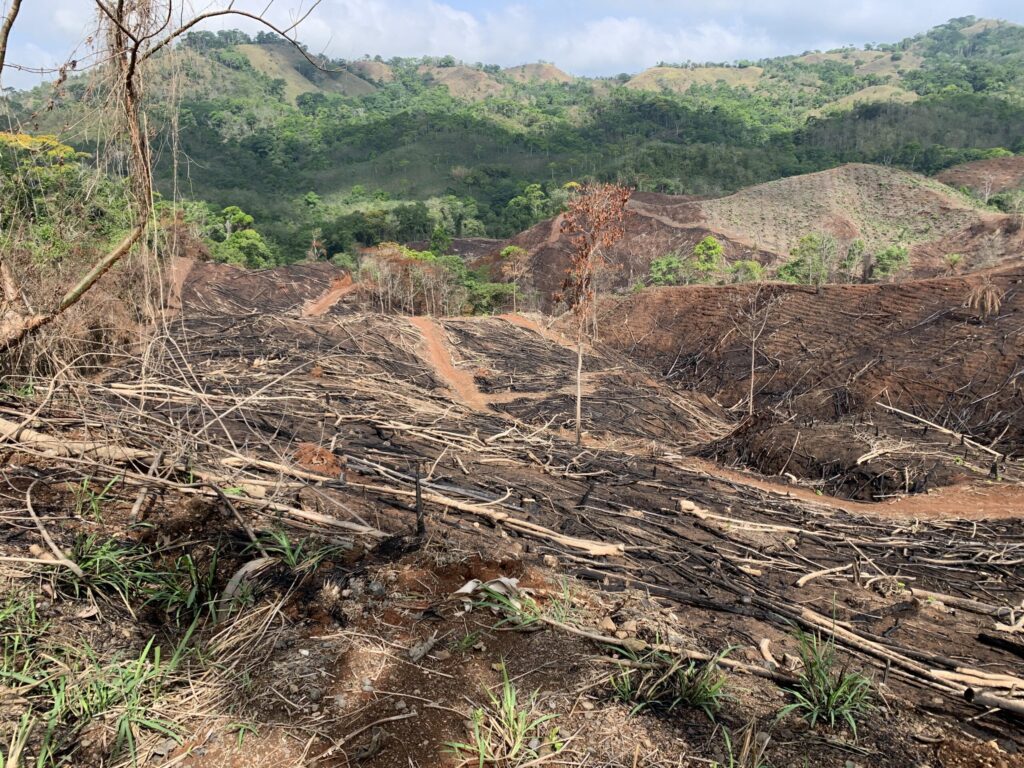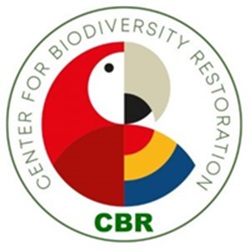What Happened?
Before 1940, there existed an uninterrupted stretch of tropical forest extending from southeastern Mexico to southern Panama. In Costa Rica, slash-and-burn agriculture led to a drastic reduction in forest cover, plummeting from 75% in 1940 to a mere 21% by 1987. These practices resulted in severe consequences, including extensive erosion, pollution of watersheds, the extinction of species, and threats to a diverse range of animals. Similar forest degradation occurred across Central America.
Today, the region bears the imprint of environmentally damaged landscapes, a consequence of unsustainable land use. Critical environmental processes, such as the hydrological cycle, aquifer recharge, carbon capture, soil conservation, biological diversity, and the preservation of genetic resources vital for future generations, are now at risk.

Biological Corridors are vital for conservation in Costa Rica, serving not only as protected areas but also as integral parts of local communities. Unfortunately, many community members are unaware of the crucial role these corridors play in preserving biodiversity.
Various factors impact the development and conservation efforts in these corridors, hindering essential transformations needed to break free from biodiversity decline. We recognize the importance of leadership and conservation for achieving regenerative development and reevaluating the conceptual framework around it.
Within the Scarlet Macaw Biological Corridor (CBPL), there’s a growing concern about preserving connectivity routes, essential for maintaining the corridor’s landscape and linking diverse ecosystems. To address this, the CBPL Local Committee prioritizes restoring “La Ruta Conectividad,” recreating a vegetative pathway connecting two primary protected wilderness areas – La Cangreja National Park and Carara National Park.
In February 2023, collaborative efforts by the CBPL Local Committee and the Center for Biodiversity Restoration led to the endorsement and advancement of the “La Ruta Conectividad” project. This initiative is now a pilot conservation model, ready for potential replication in other areas where connectivity routes are needed,


![cbpl-logo-3[1] cbpl-logo-3[1]](https://c4br.org/wp-content/uploads/elementor/thumbs/cbpl-logo-31-qiwqbfwjaa8ydzluyxar06b8ff92ldef5pe5jzcxvi.jpg)
